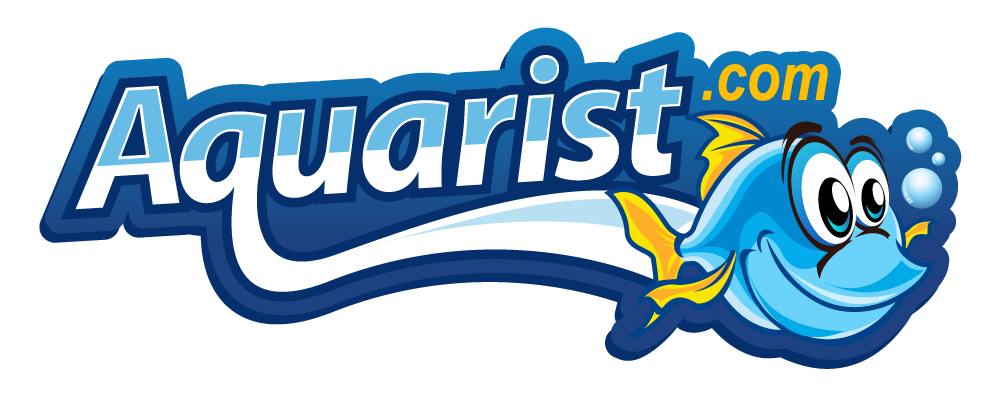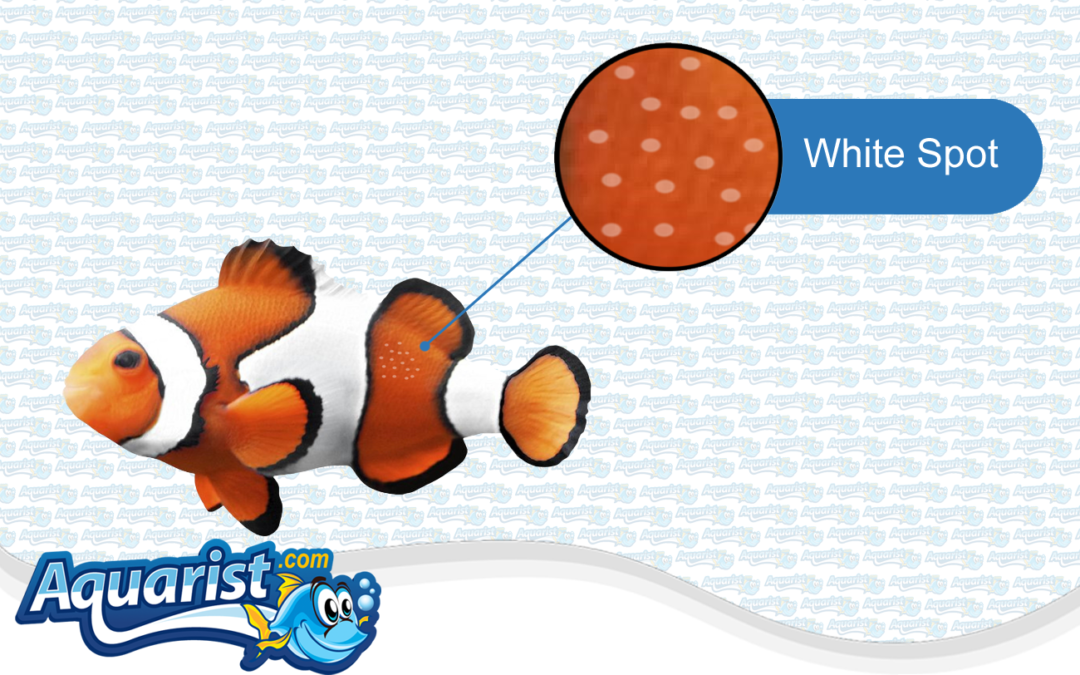Comprehensive Guide to Saltwater Fish Disease: White Spot (Marine Ich)
White Spot Disease, also known as Marine Ich, is a common parasitic infection in saltwater aquariums. It is caused by the parasite Cryptocaryon irritans, which infects the skin, gills, and fins of fish. This disease can be deadly if left untreated, so prompt identification and treatment are crucial for the health of your fish. In this guide, we will cover the causes, symptoms, treatment options, and preventive measures for White Spot Disease in saltwater fish.
What is White Spot Disease (Marine Ich)?
White Spot Disease, commonly referred to as Marine Ich, is a parasitic infection that affects saltwater fish. The parasite Cryptocaryon irritans attaches to the fish's skin, gills, and fins, causing irritation and stress. It appears as small white spots resembling grains of salt, hence the name "White Spot." The life cycle of the parasite includes several stages, making treatment challenging, as some stages are more resistant to medications than others.
Causes of White Spot Disease
White Spot Disease can be introduced into an aquarium through several factors:
- New fish or invertebrates: Adding new fish or invertebrates to the tank without proper quarantine can introduce the parasite.
- Stress: Fish that are stressed due to poor water quality, overcrowding, or aggressive tank mates are more susceptible to infections.
- Lowered immune system: Fish with weakened immune systems are more likely to be affected by Marine Ich.
- Contaminated equipment: Using contaminated nets, buckets, or other aquarium equipment can transfer the parasite between tanks.
Symptoms of White Spot Disease
Early detection of White Spot Disease is crucial for effective treatment. The following symptoms can help you identify the infection:
- White spots: Small, white spots on the skin, gills, or fins, resembling grains of salt.
- Rapid breathing: Fish may exhibit rapid or labored breathing due to gill irritation caused by the parasite.
- Scratching or rubbing: Infected fish may scratch themselves against rocks, sand, or tank decorations in an attempt to remove the parasites.
- Lethargy: Fish may become less active, swim near the surface, or remain in secluded areas of the tank.
- Loss of appetite: Fish infected with Marine Ich may stop eating or show little interest in food.
Understanding the Life Cycle of Marine Ich
The life cycle of Cryptocaryon irritans involves several stages, and understanding these stages is crucial for effective treatment:
- Trophont stage: The parasite attaches to the fish's skin or gills and feeds on the tissue. This stage causes visible white spots and is the stage when the parasite is most protected from treatment.
- Tomont stage: The parasite detaches from the fish and encysts, falling to the substrate. During this phase, it undergoes division and produces hundreds of new infective cells (tomites).
- Tomite stage: The tomites are free-swimming and search for a new host. If they do not find a host within a few days, they die. This is the stage when the parasite is most vulnerable to treatment.
Treatment Options for White Spot Disease
White Spot Disease can be challenging to treat due to the parasite's life cycle. Here are the most common treatment methods:
- Copper-based medications: Copper treatments are effective against Marine Ich, especially during the tomite stage. Follow the instructions carefully and monitor copper levels to avoid toxicity.
- Hyposalinity: Reducing the salinity of the aquarium to around 1.009 specific gravity can help kill the parasite. This method should be used with caution, as not all fish tolerate low salinity well, and it is not suitable for tanks with invertebrates or live rock.
- Quarantine and medicated baths: Quarantine infected fish and use medicated baths, such as formalin or freshwater dips, to kill the parasite.
- Increased water temperature: Gradually raising the temperature to 82-86°F (28-30°C) can speed up the parasite's life cycle, making it more susceptible to treatments.
- UV sterilizers: UV sterilizers can kill free-swimming tomites, helping to reduce the number of parasites in the water.
Preventing White Spot Disease
Preventing Marine Ich is always preferable to treating it. Here are some strategies to help keep your fish free from White Spot Disease:
- Quarantine new fish: Quarantine new fish for at least 2-4 weeks before introducing them to the main tank. This will help ensure they are free from parasites.
- Maintain water quality: Regularly test and monitor water parameters, including ammonia, nitrite, nitrate, and pH levels. Perform regular water changes to keep the aquarium clean and stable.
- Reduce stress: Avoid overcrowding, provide adequate hiding spots, and ensure that tank mates are compatible to reduce stress on the fish.
- Use UV sterilization: UV sterilizers can help kill free-swimming parasites and reduce the risk of infections.
- Disinfect equipment: Clean and disinfect any equipment, such as nets or buckets, that come into contact with multiple tanks.
Pro Tips for Treating White Spot Disease
- Act quickly: Marine Ich can be fatal if not treated promptly, so early detection and treatment are crucial.
- Monitor copper levels: If using copper-based treatments, regularly test the copper concentration to avoid overdosing, which can harm fish and invertebrates.
- Maintain quarantine tank conditions: When treating fish in a quarantine tank, keep the environment stable and perform regular water changes.
- Follow a treatment schedule: Stick to the recommended treatment schedule for the medication used, even if symptoms appear to improve. This helps ensure that all stages of the parasite are eradicated.
Common Mistakes to Avoid When Treating White Spot Disease
To maximize the effectiveness of treatment, avoid these common mistakes:
- Discontinuing treatment too early: Even if the white spots disappear, continue treatment for the full recommended duration to ensure all parasite stages are eliminated.
- Using multiple medications simultaneously: Avoid combining different medications without consulting a veterinarian, as this can cause adverse reactions.
- Not quarantining new arrivals: Skipping quarantine can introduce parasites to your main tank, leading to outbreaks.
Understanding the Impact of Marine Ich on Fish Health
Marine Ich can severely impact the health and well-being of saltwater fish. The parasite irritates the fish's skin and gills, leading to respiratory distress and compromised immunity. If untreated, the infection can spread rapidly, causing secondary infections, organ failure, and death. Proper diagnosis, treatment, and preventive measures are essential for maintaining a healthy saltwater aquarium.
Conclusion
White Spot Disease (Marine Ich) is a serious and contagious condition that requires prompt attention and treatment. By understanding the life cycle of the parasite, using effective treatment methods, and taking preventive measures, you can help protect your fish from this common disease. Remember to quarantine new arrivals, maintain optimal water quality, and act quickly if symptoms appear. With the right approach, you can keep your saltwater fish healthy and thriving.

